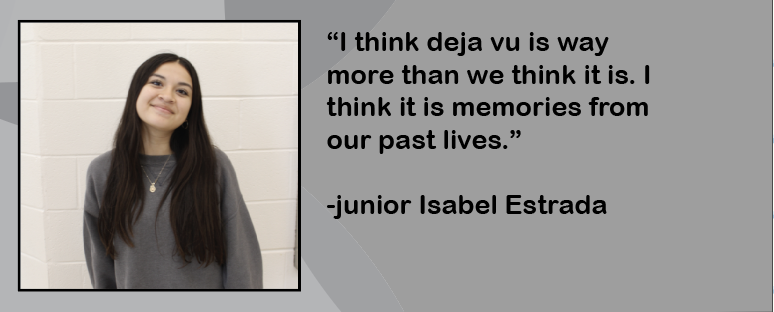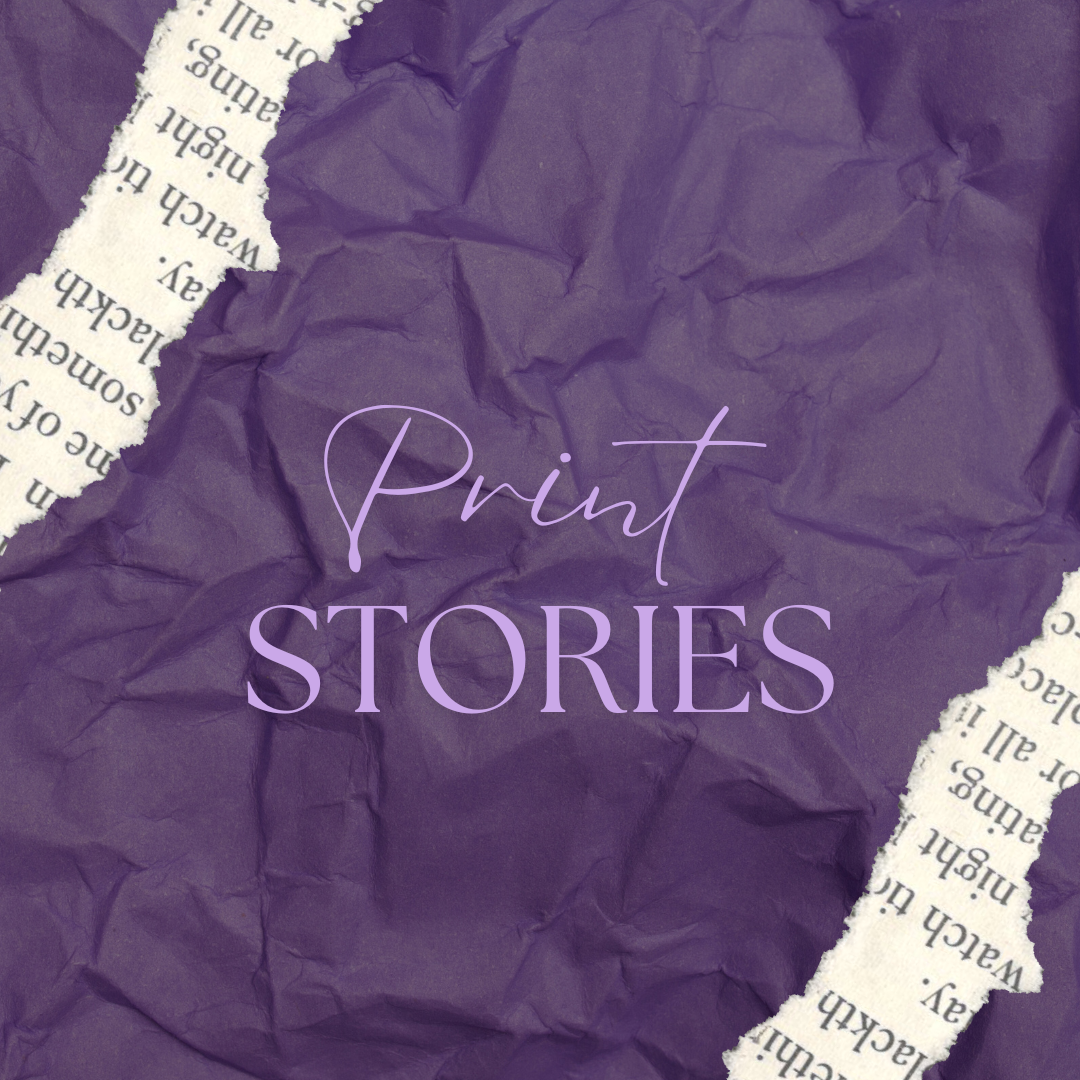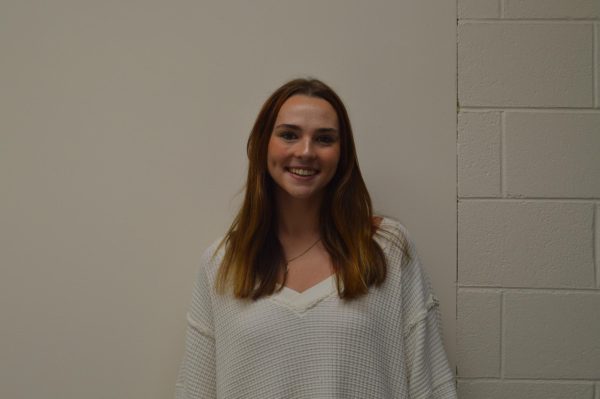What makes a thriller? This question has a rather extensive and ambiguous set of answers.
Warner Bros. Pictures released a psychological thriller, Don’t Worry Darling, in September of 2022, taking in $87.6 million at the box office. The film explores themes of control, manipulation, misogyny and the oppression of marriage. The movie caused a heavy stir of controversy, receiving many contrasting ratings. IMDb users gave an overall rating of 6.3/10 based on a survey filled out by 153K watchers. Rotten Tomatoes, a website that allows their audiences to rate on a like and dislike meter, indicated 74% of raters enjoyed the film. Contrary to these mediocre reviews, I believe Don’t Worry Darling is a high quality film that exceeds my standards for an effective thriller. The production was executed as intended, surpassing all my expectations of a distinguished motion picture.
The movie mostly occurs during the 1950s. The leading couple, Jack and Alice Chambers, live in an experimental society that appears to be perfect. They live in a town where all residents experience the classic American Dream, complete with the classic societal gender roles. Everything appears to be perfect, until defects begin to surface for the heroine. This results in her discovery of the underlying fraudulence within the civilization. Don’t Worry Darling applies the idea of a false reality, making the plot line appealing while also giving an off-putting sensation. This approach allows viewers to experience suspense, doubt and their own refutation regarding the society as they watch the film.
The film mainly uses performers who have less fame in the industry. The leading roles were filled by widely known actors, but the many smaller roles provided on-screen opportunities for a number of lesser known actors as well. The marketing team used a brilliant strategy of advertising their recognizable faces, attracting a larger audience. Florence Pugh was cast as the leading role of Alice Chambers, most famous for her roles in Black Widow, Midsommar and Oppenheimer. Harry Styles is the male lead of Jack Chambers, channeling anger and suspicion into his character. Olivia Wilde, known for her roles in Tron: Legacy and In Time, also appears in the film as Bunny, the best friend and neighbor of the heroine.
Wilde was also the director of the film, a sizable leap from her previous productions. She has typically directed comedies and simple creations, only slightly incorporating subjects of horror and suspense. She had the goal of empowering women in Don’t Worry Darling, highlighting their strength and contributions to the world. Her goals were achieved, from the male characters’ dishonesty towards the women to the incredulity provided by the community when a character questions the society.
The music throughout the film can be credited to composer John Powell. He is widely renowned for his film scores, composing the scores to more than 70 feature films over his career. His work creates synthetic sounds, incorporating an orchestra including strings, percussion and piano. There are also strategized utilizations of vocals. Many of these pieces involve such approaches in order to portray the emotion the female lead is dealing with, providing audiences with anticipation and anxiousness.
The cinematography is beautifully complex, coming to life through the eyes of cinematographer Matthew Libatique and taking inspiration from photographer Slim Aarons. Libatique perfected his vision through graphic representations that express color and brilliance, correlating with the existing color schemes selected for the film. The majority of the scenes in the perfected reality are an arrangement of soft pastel and bright and earthy tones, capturing the essence of sublimity and the appeal of the simulated reality. During the visions of errors that the heroine experiences, a system of dark, metaphorical and quick sequences are displayed to indicate a notion of delusion and endangerment. This provides the audience with confusion, leaving an unsettling hesitance of the unknown. Since this cinematic organization is so slow-moving, it gives the opportunity to reveal more about the characters as the film progresses. This is a brilliant strategy for a thriller, as it allows viewers to build on their suspense and create their own predictions as to what is unfolding.
The film follows a layout of step by step clues to the twist, but it does not reveal itself until the ending.
Don’t Worry Darling uses foreshadowing to allow the heroine to question her environment, while slowly uncovering the truth. While I initially found it confusing and random, all rapid episodes that Pugh’s character experiences are later connected to the plot, revealed as flashbacks. This is a genius approach, providing viewers with a desire to clear their confusion.
The film is a structured production, capturing the essence of a quality thriller. It unites different aspects of literature and cinema, leaving audiences in fascination. Receiving both positive and negative attention, the film obtained financial success.
Ultimately, this was a beautifully done picture that created an atmosphere of an eminent thriller. While the idea may not be fresh or original, the execution of the design allowed all of the minds behind the film to bring the imagination to life. All the best films leave an impact, inspire curiosity and allow the imagination to run wild. This piece enables viewers to raise questions about the societal norms surrounding them and encourages them to fight for change.
Don’t Worry Darling was a captivating cinematic piece that left an effect on audiences nationwide, providing all aspects that allow it to be considered a quality thriller.








